Aboriginal identity has at least three parts to it. I write here according to Aboriginal values and perspectives, not the Commonwealth’s deeply flawed three part administrative definition, or from white obsession with defining us for their own purposes.
Firstly, one must be able to prove biological descent from Aboriginal and/or Torres Strait Islander ancestors. This has nothing to do with skin colour or other physical attributes.
Second, one must have some cultural knowledge and experience of living Black. This is not to say those without cultural knowledge or experiences of growing up Black are not Aboriginal.
The Stolen Generations for example, through no fault of their own, might not be able to say they have cultural knowledge or experience of growing up Black, but if they can prove their Aboriginality through biological descent, then of course they can claim Aboriginality.
It is important to understand that the term ‘cultural knowledge’ should not necessarily equate to ‘traditional’ Aboriginal ceremonies, customs and languages, although all the stronger for those who have them.
As the image below shows, culture has two parts to it – those tangible things we can see such as ceremonies and languages, but that is only the tip of the iceberg.

